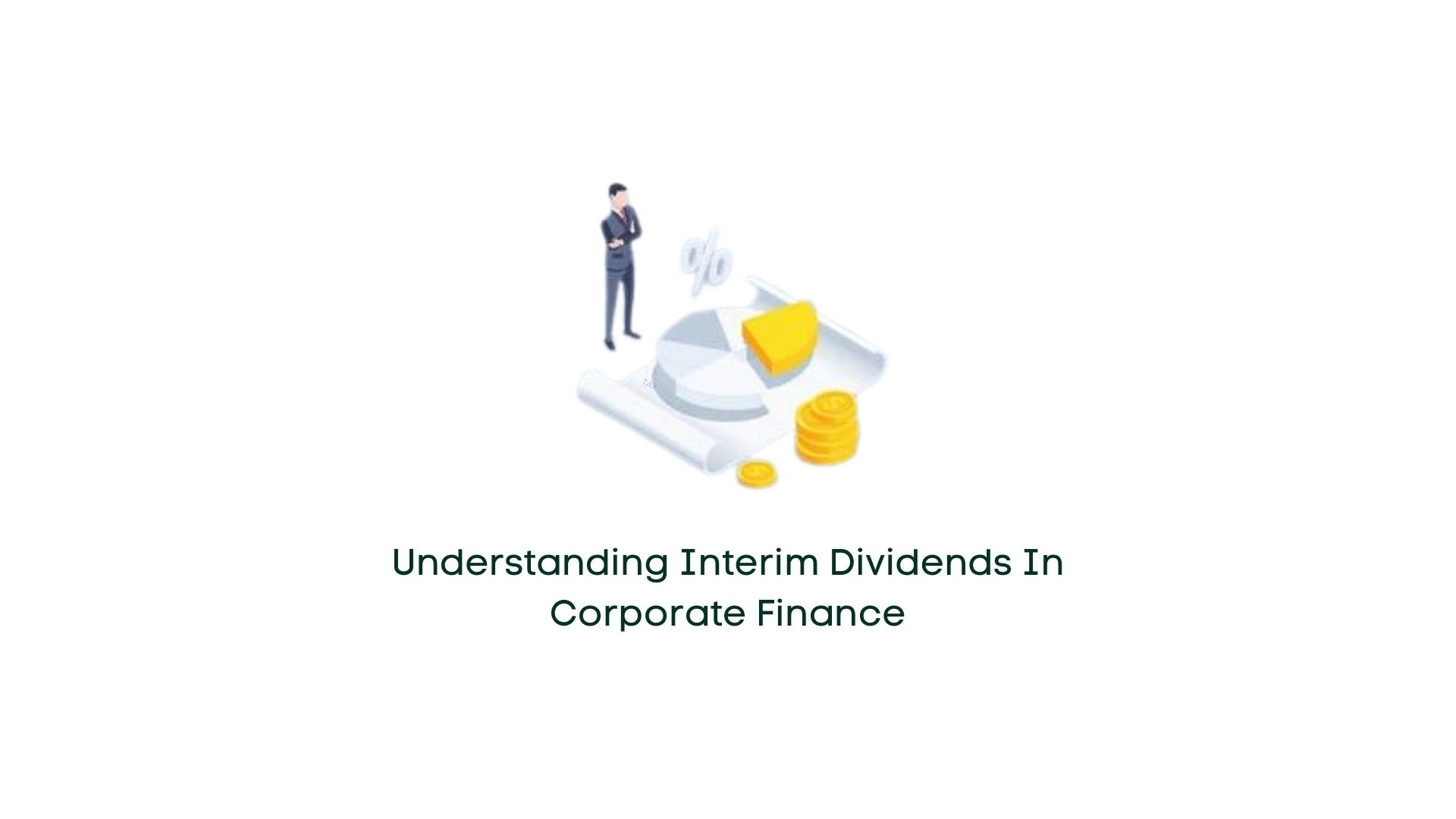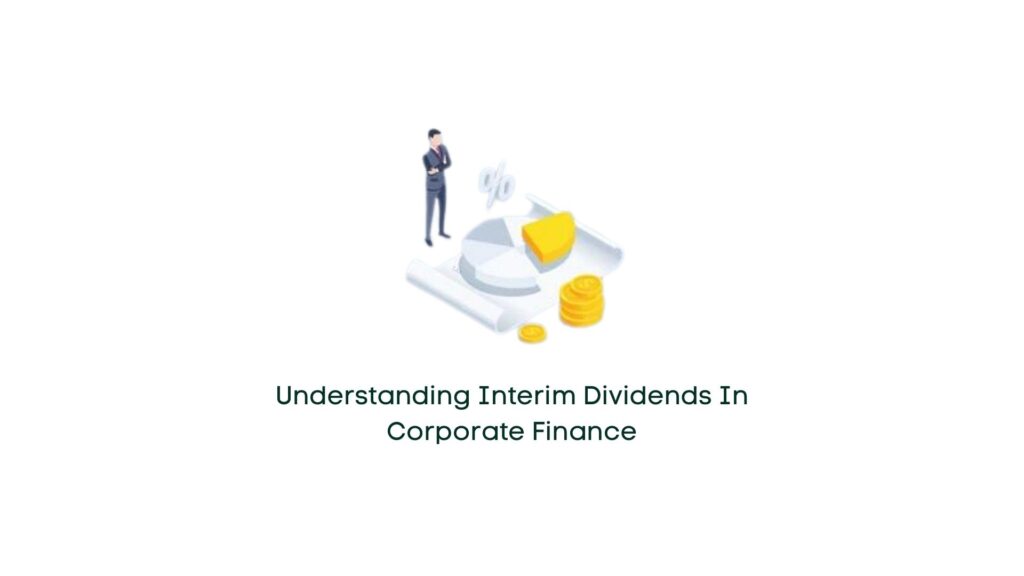
28 Feb Understanding Interim Dividends in Corporate Finance

In the realm of corporate finance, dividends play a crucial role in shaping investor sentiment and rewarding shareholders for their investment in a company’s equity. Unlike debt, where companies borrow capital, equity financing entails a commitment to sharing profits with shareholders through dividends. These dividends serve as a means to attract investors seeking both income and potential appreciation in the value of their shares.
Defining Dividends:
A dividend represents a company’s distribution of a portion of its earnings to its shareholders, typically calculated as a percentage of profits on a per-share basis. From a company’s perspective, dividends constitute a liability, as they are obligated to fulfill these payments to shareholders.
Understanding Interim Dividends:
Interim dividends represent dividend payments made prior to a company’s annual general meeting and the release of its final financial statements. These dividends, often declared alongside interim financial reports, are disbursed periodically, either monthly or quarterly. While the Board of Directors initiates the declaration of interim dividends, ultimate approval rests with the shareholders.
Calculation and Considerations:
When both interim and final dividends are disbursed within the same fiscal year, interim dividends typically amount to a lesser sum than the final dividends. This strategic decision by the Board of Directors aims to safeguard the company’s operational capabilities, particularly in cases where annual results may fall below initial projections.
Funding Interim Dividends:
Interim dividends are funded from retained earnings, which encompass profits accumulated from previous financial periods. Unlike relying on current year profits, tapping into retained earnings ensures a stable source of funding for interim dividend payments, even if current year profits are yet to be fully realized at the time of declaration.


No Comments